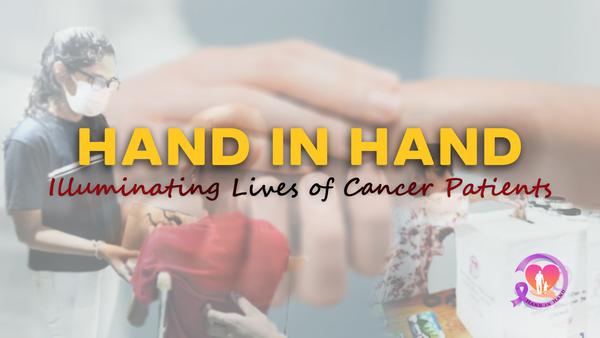"Opal": Unraveling the Dark Genius of Jack Stauber's Masterpiece
"This is the ugliest thing I’ve ever seen”
Those were the thoughts that crossed my mind as I first watched Jack Stauber’s 12-minute-long nightmare- inducing short movie, “Opal”.
Imagine a left-handed T-Rex trying to scribble with a Crayola—that’s the aesthetic! Yet, two long months later, I still think about it every day.
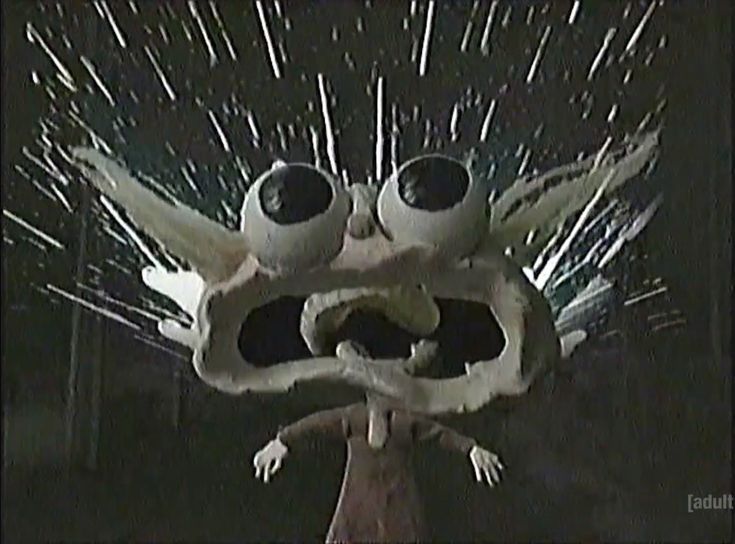
When Opal first aired on Cartoon Network’s notoriously infamous programming block, Adult Swim, at midnight on October 30, 2020, viewers probably wondered if they had tuned into a bizarre dream sequence.
If you think you don’t know Jack Stauber, think again. As a solo artist, he has released music characterized by surreal narratives, nostalgic melodies, and quirky lyrics. Most people on the internet in recent years are familiar with his tracks “Buttercup” and “Oh Klahoma.” However, Opal remains his crowning achievement, a magnum opus of dark, genius storytelling.

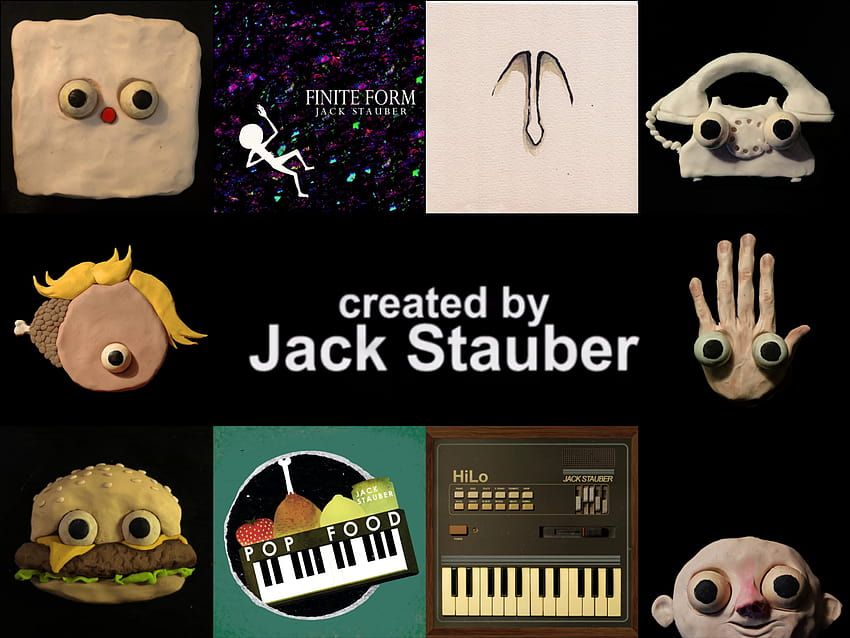
Honestly, the only reason I couldn't bring myself to click away from Opal when I accidently stumbled upon it was because I was flabbergasted by its god-awful art style. The murky color palette, clay faces with obnoxiously large eyes glued onto hyper-realistic bodies—it was a visual assault.
The first watch was so uncomfortable that the plot, narrative, and overall message completely flew over my head. However, what kept me revisiting were the final plot twist, the incredible soundtrack, and how deeply the film resonated with me on a visceral level.
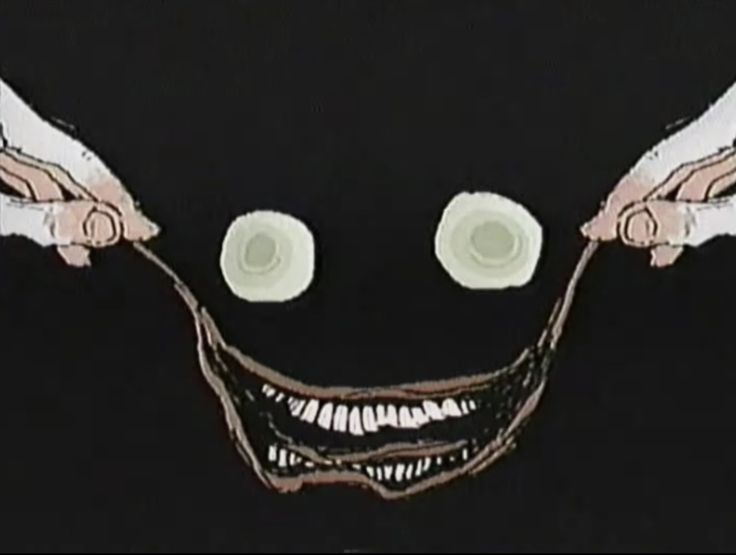
It is took two watches to grasp the seemingly nonsensical narrative, three to appreciate the ingenious execution, five to accept that it wasn’t truly that ugly, and about twelve to notice all the hidden details.
Ultimately, Opal is a story about trauma.
"Opal’s" realistic depiction of how an abusive and neglectful family affects children, along with the various ways individuals cope with guilt, insecurities, and the consequences of their actions, left a bitter aftertaste that lingered long after the initial discomfort faded. This complexity makes "Opal" an unforgettable experience.
The animation is about a young girl named Opal who lives with her mother, father and grandfather. Few seconds into the movie and you hear the first musical note “We see you, Opal”, before Opal starts dancing on the table with a hamburger she was offered, with her family cheering her on.
“We see you Opal, your troubles are miles away.
We see you Opal, in our eyes you stay”
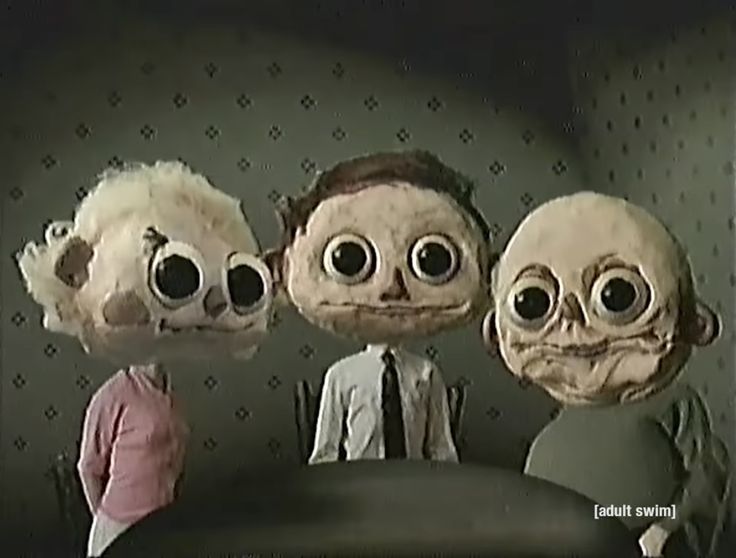
Mid breakdance, Opal notices a grim looking house across the street. The mother draws the curtain while his father sings,
“Don’t mind the house across the street, Opal!
That’s not where your attention ought to be, Opal!”
However, after she was put to bed, she hears a melancholic tune from the house and in a very cliché manner, crawls out from a window to find out what it is. She gets scared by a bright light as she approaches the dark house and runs inside in panic, which confused me at first. "Why would someone run away from light?" I wandered, until I found out why thanks to trusty YouTube comment section.
Her first encounter is an old blind man who calls her “Claire”. The man appears to have breathing issues, since he starts coughing up blood but asks Opal to hand him his cigarettes. When Opal tries to inch away from him, he lashes out at her saying that she was trying to hide his cigarettes again.
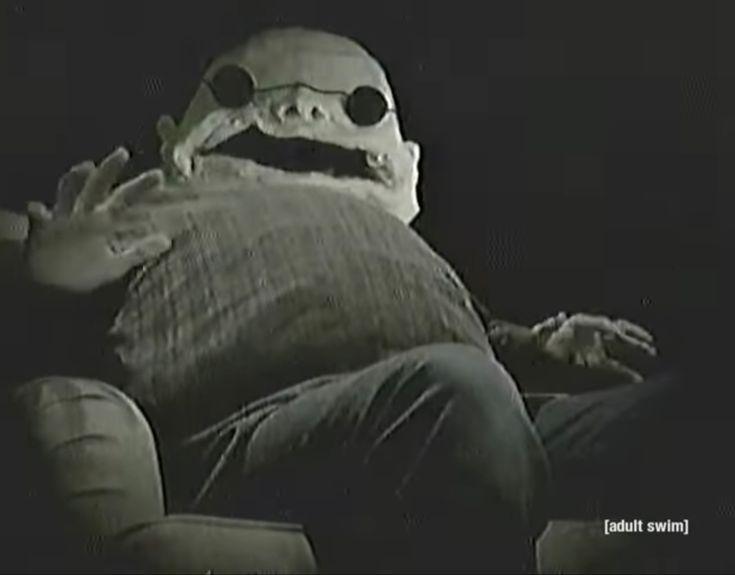
The second musical note, “Easy to Breathe,” narrates the old man’s frustration with how people on TV seem to breathe more easily than he does.
“Tell me Why does it sound so easy to breathe on TV?
I can't see, why it sounds so easy to breathe?”
The old man flies into a fit of rage when he fails to recognize her scent. He gives chase, trying to catch this intruder and Claire runs upstairs to escape him. Which once again confused my pea-sized brain. "No! Run outside!", I screamed internally as she meets another resident of the house; The Mirror Man.
This man, who seems to be the father of Claire, lives in a “reflective chamber”, where he can’t see anything beyond his own imperfections that he hyper fixates on perfecting. He makes a subtle dig at Opal’s ankles, all the while ranting about how others negatively perceive him, demanding Opal to pay him attention.
“Just going to walk by without saying hello? Look at me!”
“Everyone so mad at me, I’m still growing you know, why be so negative?”
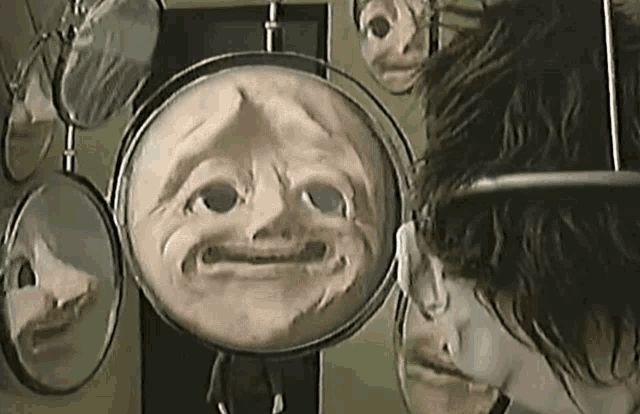
Seeing how the blind man is following her, Opal runs once more and ends up in a yet another messed up room. A woman, lying on the floor grabs her by her ankles and drags her down, hurting her. The woman, or mother of Claire struggles to see her because her vision is blurry from all the liquors and drugs she has taken.
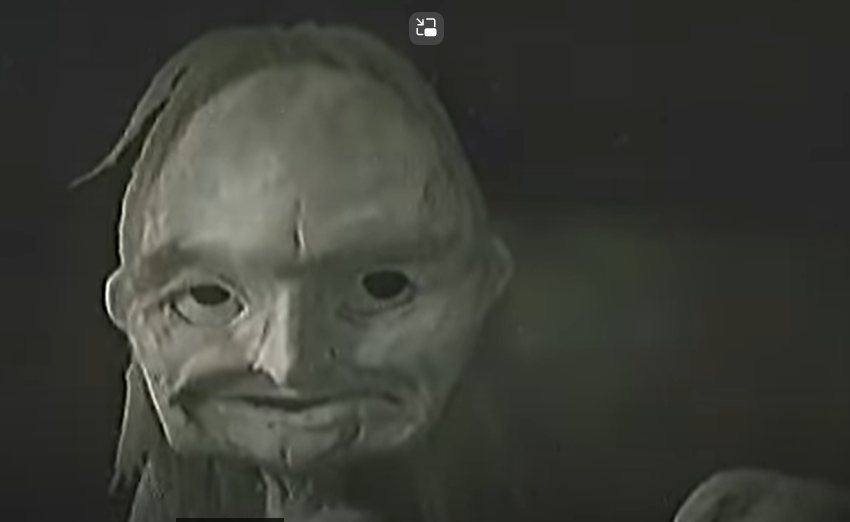
“Claire, is that you?” She too, complains to Claire about how terrible she feels. It is shown in a momentarily flashback that she had been abusive to the father in the past. The whole sequence is a brilliant depiction of how abusive people would rather self-destruct than taking accountability and I highly suggest you watch it for yourselves.
In the climax of this goosebump-inducing journey through the house, Opal runs away once again and locks herself in an attic room, hiding away from the family that is trying break down the door.
Looking out the window of the gloomy attic; the very window she heard the mysterious melody from, Opal and viewer finds out the truth.
There was never a house on the side of the street.
Just a billboard, advertising a fast-food joint called “Opal’s burgers”.
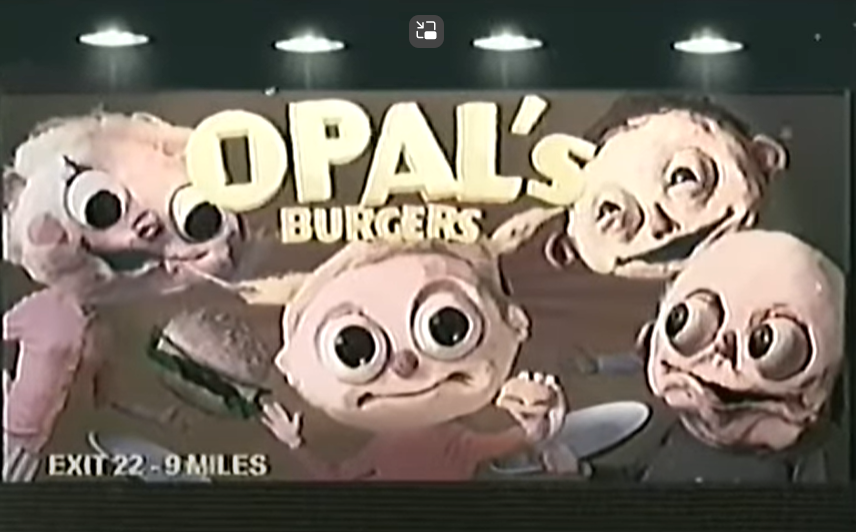
The realization sinks in as the viewer realizes that Opal is actually Claire and the opening scene of her with her happy family is an imaginary world she made up to escape the bleak reality of her neglectful family.
The movie concludes with Claire on her knees, once again fantasying about her imaginary family singing to her while her real family bangs on the attic door as the familiar reprise fades into silence;
"We see you Opal, your troubles are miles away.."
The main theme discussed in Opal is how adults self-destruct to escape the situations they created for themselves, neglecting and inflicting pain on children in the process.
The theme of child neglect is magnificently conveyed through recurring symbols, motifs and miniscule details you would probably miss on first watch.
Such a symbol is “vision” or “eyes”. Eyes can be noticed throughout the short film. Besides being visually portrayed, there is an underlying metaphorical layer to it as well. All the family members have issues that make it hard for them to see Claire clearly. The grandfather is blind, her father is too obsessed with himself to notice her, and mother has blurry vision from drug abuse. None of them can take care of Claire properly or advocate for her safety. Her imaginary family sings, “We see you Opal, your troubles are miles away” implying that all Claire ever wanted was to be seen by her family. The way her imaginary family speaks to her affirms that they see and acknowledge her, unlike her actual family who only depend on her to fulfill their own needs, not the other way around as the parent child dynamic should be.
Grandfather uses Claire as his vision, asking her to bring him his cigarettes, all father wants is her attention to make himself feel better and mother wants to emotionally depend on Claire.
As expected from someone who would spend an astronomical amount of time into clay stop motions, Jack Stauber has made Opal highly nuanced, in a way that every dialogue and frame holds massive significance in the narrative.
After I sank eyeballs-deep into Opal rabbit hole and stayed few weeks there, I started marveling at all these small touches. For example, in the opening sequence, it is shown how Opal dancing with a Hamburger, which many found equal parts funny and strange. It was included to portray how she was malnourished to such an extent because of her neglectful family, that she did not know what else to do with burger.
Another instant is how she was startled by the bright lights, as I mentioned above. The heartbreaking interpretation of that three second shot goes like this.
Since there is no one to look after her, she sits outside all day, staring at the billboard and fantasying about a family that actually loves her. But once night falls, she has to go back inside the house and confront her family. Thus, the flood lights of the billboard turning on serves as a horrifying wake up call for her and she runs away from the light to stop it from shattering her delusion.

Trust me when I say that each second of this short film can be expanded to a broader theme and you should watch it for yourself! While I can't grantee that it would be a pleasant ride, you would emerge from the other side completely thunderstruck by the brilliant storytelling, like I was!

